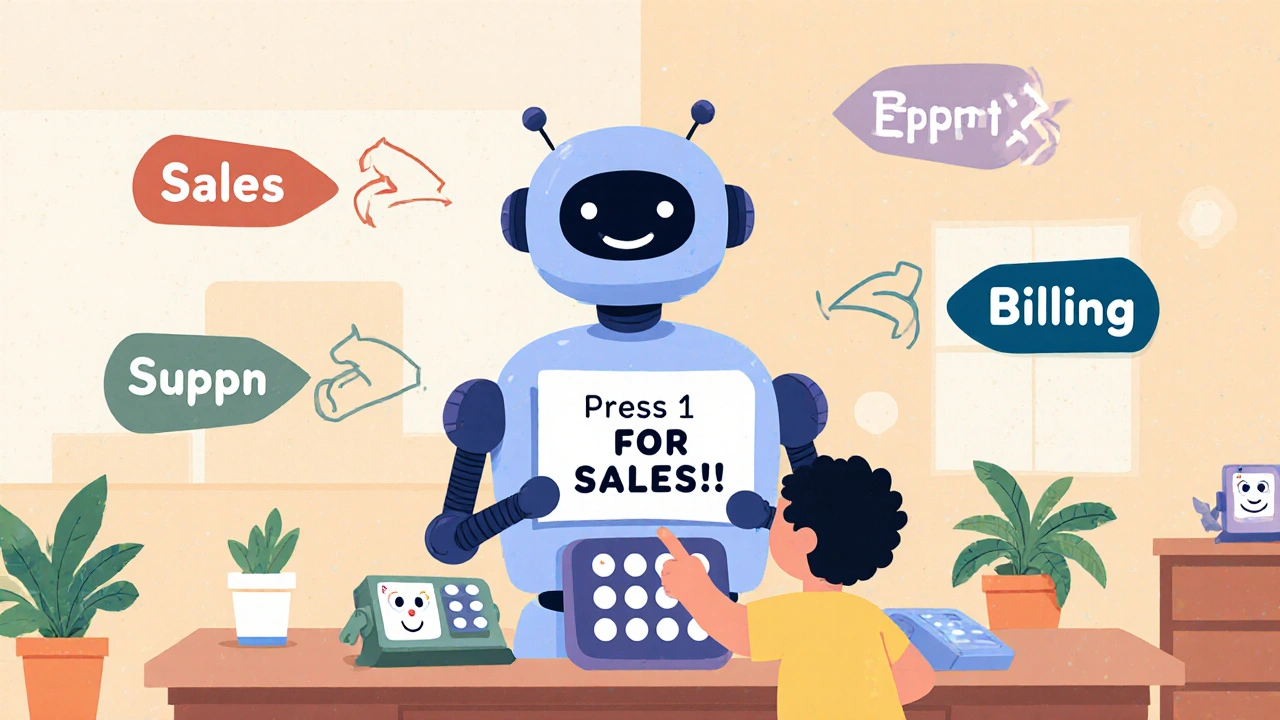Call Routing: How VoIP Systems Direct Calls to the Right Place
When you call a business, call routing, the system that decides which phone, department, or person answers your call. Also known as call distribution, it’s what keeps you from talking to voicemail for ten minutes or getting bounced between departments. Good call routing doesn’t just send calls randomly—it uses rules, logic, and sometimes AI to match you with the right person the first time. That’s why companies using VoIP can handle 3x more calls with the same staff.
Behind the scenes, SIP trunking, the technology that connects your phone system to the internet carries the call data, while IVR systems, the automated voice menus you hear when you dial in ask you questions like "Press 1 for sales" or "Say your account number". These aren’t just annoying scripts—they’re smart filters. When someone calls about billing, the system can route them straight to the billing team, skip the front desk, and even pull up their account info before the agent picks up. That’s not magic—it’s call routing working the way it should.
But call routing isn’t just for big companies. Small businesses use it to appear professional, schools route parent calls to the right office, and churches direct donation inquiries to volunteers who can help. Even when you’re traveling and using VoIP on your phone, call routing makes sure your calls still reach you—even if you’re in Tokyo or Toronto—by forwarding to your mobile or home number based on time, location, or caller ID. It’s the invisible hand that keeps communication flowing.
What you’ll find below are real, practical guides on how call routing works in different setups. You’ll see how to fix routing mistakes that cause dropped calls, how to set up auto-attendants for remote teams, how to tag calls for better tracking, and why some companies use least-cost routing to slash international bills. Some posts show you how to connect old analog phones to modern routing systems. Others break down how to stop toll fraud by locking down who can route calls where. There’s no fluff—just what works.
